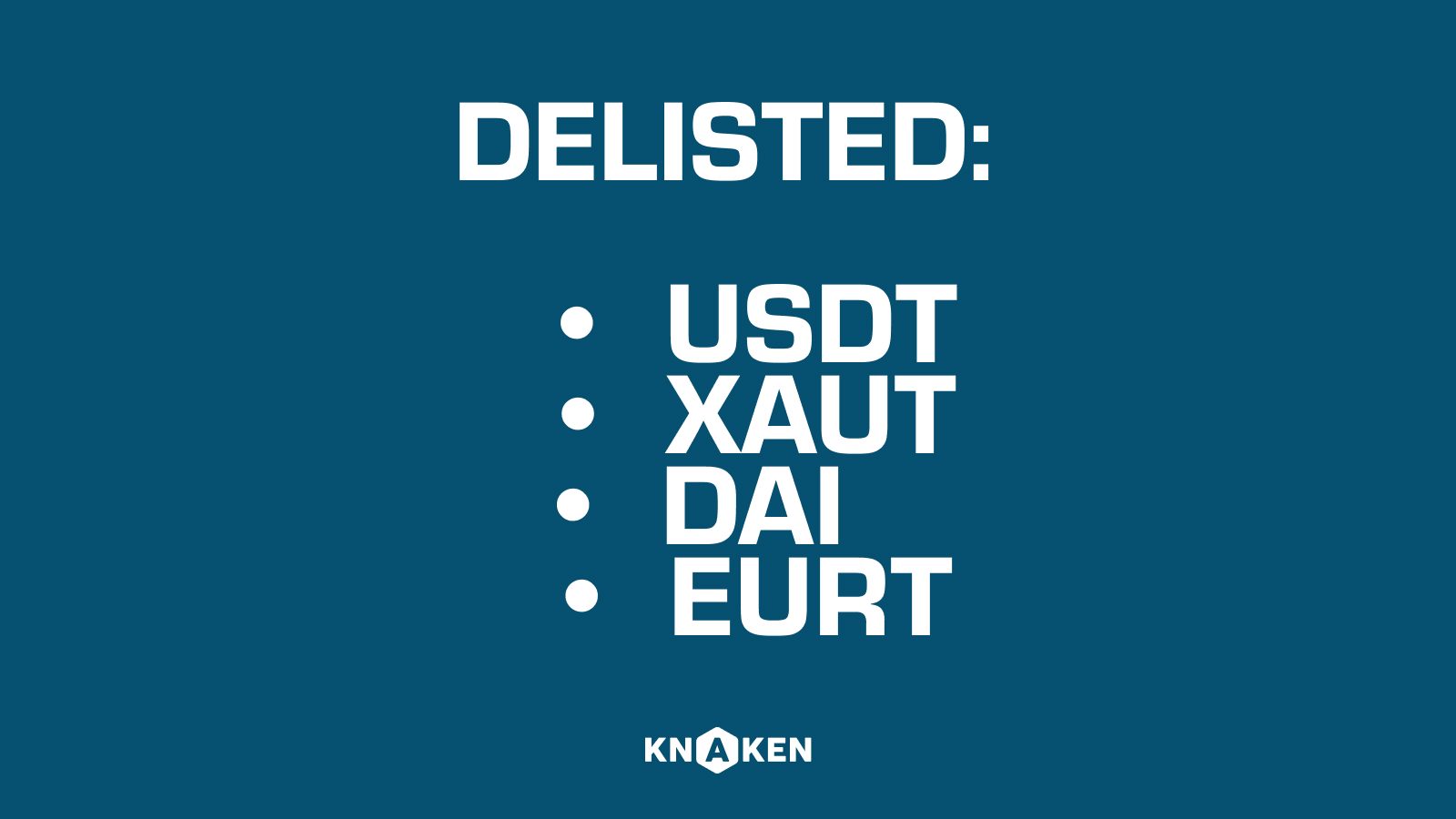Monetary Policy in Cryptocurrency
Introduction to Monetary Policy
Monetary policy refers to the processes and strategies employed by a governing body to control the supply of money, manage interest rates, and achieve specific economic objectives. In the context of cryptocurrency, monetary policy takes on unique characteristics that differ from traditional fiat currency systems.
Types of Monetary Policy in Cryptocurrency
In cryptocurrency, monetary policy can generally be categorized into two main types:
- Inflationary Monetary Policy: This approach involves increasing the supply of cryptocurrency over time. It aims to encourage spending and investment, as the value of the currency can decrease with oversupply.
- Deflationary Monetary Policy: Involves limiting the supply of cryptocurrency, often through mechanisms such as burn events or capped supply. This policy intends to increase scarcity and potentially elevate the value of the cryptocurrency over time.
Key Components of Cryptocurrency Monetary Policy
Several key components constitute the monetary policy framework within cryptocurrency systems:
- Supply Schedule: The predetermined plan that dictates how new coins are issued or how existing coins are managed.
- Incentives for Miners: Mechanisms that encourage the validation and confirmation of transactions. These incentives can be block rewards or transaction fees.
- Consensus Mechanism: The protocol through which transactions are verified and added to the blockchain. Popular mechanisms include Proof of Work (PoW) and Proof of Stake (PoS).
- Governance Structure: The system that allows stakeholders to participate in decision-making regarding changes to the monetary policy. This may involve voting mechanisms or community consensus.
Examples of Cryptocurrency Monetary Policies
Various cryptocurrencies have implemented distinct monetary policies. Here are some prominent examples:
- Bitcoin: Bitcoin utilizes a deflationary monetary policy, with a capped supply of 21 million coins. The rate of new coin issuance halves approximately every four years, creating a decreasing supply flow.
- Ethereum: As of Ethereum 2.0, the network transitions to a Proof of Stake mechanism, allowing for adjustments in monetary policy such as staking rewards while aiming to reduce inflation.
- Ripple: Ripple’s XRP has a pre-mined supply of 100 billion tokens, with a defined monetary policy that allocates a portion to be released periodically to maintain liquidity and control inflation.
Implications of Cryptocurrency Monetary Policy
The monetary policy of cryptocurrencies can have widespread implications on:
- Market Volatility: Changes in monetary policy can lead to fluctuations in price, impacting investor confidence and market stability.
- Adoption Rates: A well-defined monetary policy can enhance the attractiveness of a cryptocurrency, directly influencing its adoption among users and investors.
- Regulation: Different monetary policies can bring cryptocurrencies under various regulatory frameworks, affecting their legality and usability in different jurisdictions.
Conclusion
Understanding monetary policy within the world of cryptocurrency is essential for investors, developers, and users alike. As the landscape of digital currencies continues to evolve, the impact of monetary policy will play a crucial role in shaping the future of finance and the global economy. By recognizing the nuances of cryptocurrency monetary policy, stakeholders can make more informed decisions in this dynamic market.


















